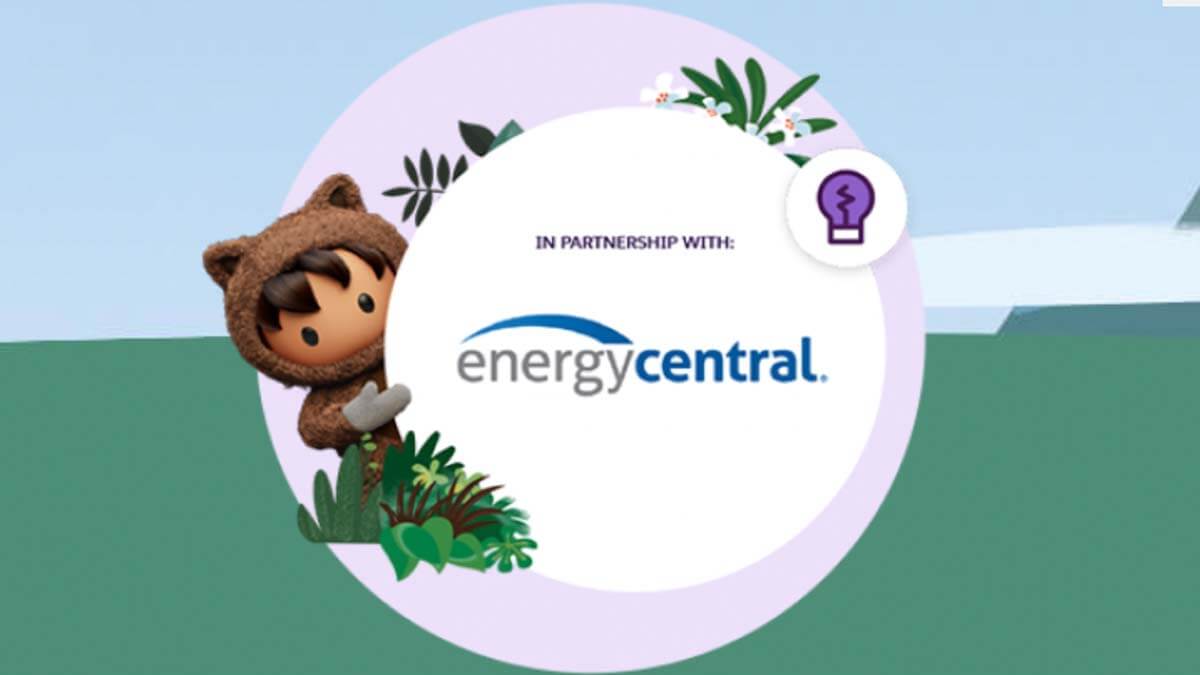4 Steps Utilities Can Take to Build Trust with EV Drivers
Utilities and their customers can form a closer, more valuable relationship around electric vehicles. Here’s how.
By 2030, there will be over 26 million electric vehicles on U.S. roads. For the utility providers poised to become the primary supplier of fuel, this is a fantastic opportunity to drive efficient growth, build customer loyalty, and support a resilient grid. But for now, customers don’t think to consult their utility when they’re considering an electric vehicle (EV) purchase. To make the most of this industry-changing transformation, utilities need to be in lock-step with their customers from the start.
Customer data from smart meters, e-commerce profiles, and service interactions creates important opportunities for utilities to engage future (and current) EV drivers. The challenge? It isn’t always easy to surface the valuable insights hidden inside that data or to create an intelligent outreach strategy. And in a deregulated, newly-competitive market, staying at the top of customers’ minds as they consider an EV purchase is mission critical.
Are you ready to engage EV customers on a deeper level?
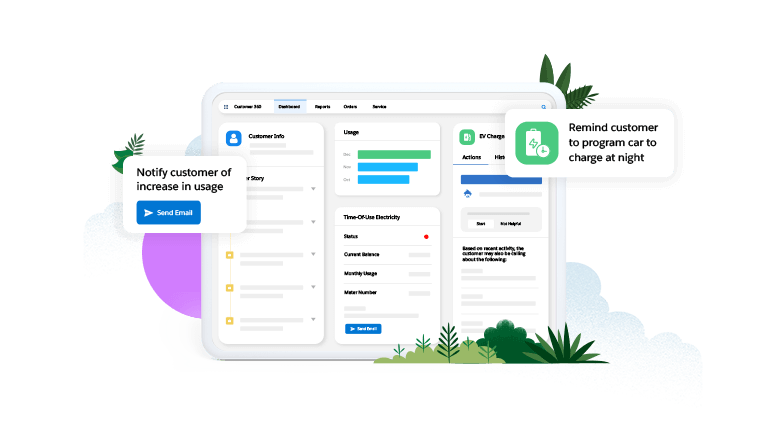
Step 1: Create an intelligent, customer-centric data strategy.
Your customers expect easy interactions, whether they’re starting service, paying a statement balance, or reporting an outage. Customer data is at the heart of efficient and frictionless encounters, but simply collecting granular information isn’t enough. Delivering efficient and seamless experiences requires connecting the dots between customers’ usage, service, e-commerce, and marketing data. And chances are, your utility isn’t set up to do that for EVs — yet.
Start by unifying your legacy technology data on one purpose-built platform that is central and accessible. Then, using artificial intelligence (AI) and automation, you can predict your customers’ future needs in real time and personalize next-best actions in the right moments. Not only do companies that use a single source of truth get insights 29% faster, they also report a 32% increase in customer satisfaction.
Companies that use a single source of truth get insights 29% faster and report a 32% increase in customer satisfaction.
Step 2: Use segmentation to find the right audiences.
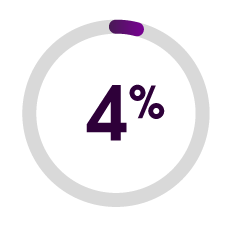
Only 4% of consumers consider their utility as a source of information on EVs.
Electric Vehicles: Driving the Customer Experience, Smart Energy Consumer Collective, January 26, 2022
One way to do that is to segment your customers into audiences that are likely to consider buying an EV or who have recently made the purchase. To do this, categorize and organize your data into groups that share characteristics. Obvious examples are customers whose power usage has suddenly increased, but it could also include customers who:
- Use an internet-enabled home energy management system. Research shows that EV owners are four times more likely to own a home energy management system, so don’t hesitate to reach out to customers who have these products installed but whose usage indicates that they haven’t yet purchased an EV.
- Live in neighborhoods with multiple EV owners. People who regularly see EVs in their neighborhood are more likely to purchase one. They’re also more likely to own their own home and live in a single-family dwelling. Creating an audience segment of customers in these locations raises awareness of your offerings, promotes EV ownership, and helps you meet your electrification goals.
- Have recently purchased a charging adapter from your marketplace. Even if a customer’s usage hasn’t spiked, they may still be an EV owner who charges at work or at public stations. So, if your customer has recently purchased EV-related products, reach out with information on the special programs you offer.
Once you’ve identified target segments, go deeper into your data sets to create messaging strategies that make sense for their lifestyle. Then, using digital advertising tools and automation, you can get a greater return on your marketing communications investment. In fact, companies that use a data-first approach boost customer engagement by 31%.

Step 3: Close the knowledge gap.
Despite a general awareness of EVs, consumers remain in the dark about the details of how the technology works. In fact, only 14% of consumers claim they know a lot about EVs. There’s also a knowledge gap around all the effects their EV purchase will have in other areas of their life — such as the way it will change their utility bill. The good news is that customers are eager for one place to go to find the information they need. In fact, research suggests customers want utilities to deliver standalone EV communications that are separate from billing statements or other information, ensuring they won’t get lost in their inboxes.
Consider educating customers on:
- The differences between EV models and batteries. Less than one-third of non-EV owners could explain the difference between a hybrid EV and a plug-in hybrid EV. So, start by explaining how an EV plug-in works versus a gas-powered hybrid. Don’t forget to touch on differences in battery technology, such as the benefits of bidirectional versus one-directional charging.
- How to charge their EVs at home and in public. Even current EV owners are in the dark about their charging options: Only 23% of EV drivers know what a level 2 charging station is, for example. Communicate the differences between level 1, 2, and 3 charging stations. Share the pros and cons of installing a level 2 station at home and communicate when you’re offering a rebate on equipment. Update customers when local public charging stations will come online, and explain how they can find public charging stations on the road — even if they’re far away from home.
- How their electric bill will be affected. Send announcements when you're reducing rates for charging during off-peak times. Explain how EV charges are calculated and how much their monthly statement balance will increase. Offer materials on how drivers can finance and maintain at-home charging stations.
- Why charging at off-peak times benefits the environment and protects the grid. In addition to saving money, 68% of consumers cite environmental benefits as a reason why they conserve energy at home. Educate customers on why plugging in during low-demand hours helps the environment and ensures uninterrupted supply for the entire community.

Step 4: Personalize post-purchase offers and experiences.
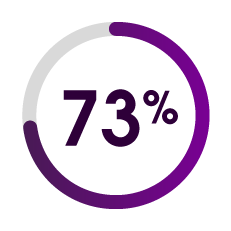
73% of customers expect companies to understand their unique needs.
State of the Connected Customer, 5th Edition, Salesforce, May 2022
Your job is to improve the EV ownership experience, ensure a resilient grid, and drive efficient growth. A personalized approach to customers will:
- Increase participation in demand management programs. Most EV owners don’t know their utilities may offer special rates and programs that save money, and they may be even less likely to know that demand management also benefits the grid and the environment.
- Reinforce their decision to buy an EV. Showing customers how they can compare what they spent charging their EV to what they would have spent at the gas station, or alerting them to the presence of a new higher-speed public charging station, offers reassurance that their new purchase is worth the effort.
- Ensure a frictionless charging experience. Schedule home visits so mobile workers can show customers how they can connect their car to their smart home energy management technology. Help customers schedule automatic charging so they can save money with demand-based pricing. If the customer owns an EV with a bidirectional battery, show them it can power their home in the event of an outage.
- Drive revenue. During the home visit, evaluate their electrical panel to see if it will accommodate 240-amp service. Offer a rebate and financing for a panel upgrade and level 2 equipment with a partner provider. Coordinate the installation appointment.
- Make operation and maintenance easier. Link their in-home charging station with other internet-enabled systems, such as smart home technology. Schedule preventive maintenance appointments to ensure energy-efficient operation of in-home charging stations.
- Automate carbon footprint reporting. Help customers understand how they’re contributing to a net zero future and offer tips to make a bigger impact.
Take the next step.
To drive efficient growth and ensure everyone benefits from the EV transition, utilities need to mine their treasure trove of customer data. But can you use it to deepen customer relationships, protect the grid, and help the environment?
The answer is yes if you connect real-time customer data across commerce, sales, service, marketing, and IT on one shared platform. Then, armed with a 360-degree view of the customer, you can apply tools like automation and artificial intelligence to efficiently surface insights that predict their future needs and behaviors. With the right data strategy, proactive communications, and personalized service, you can make EV ownership easier — and ensure you remain the undisputed energy expert for years to come.

Creating the Connected Utility
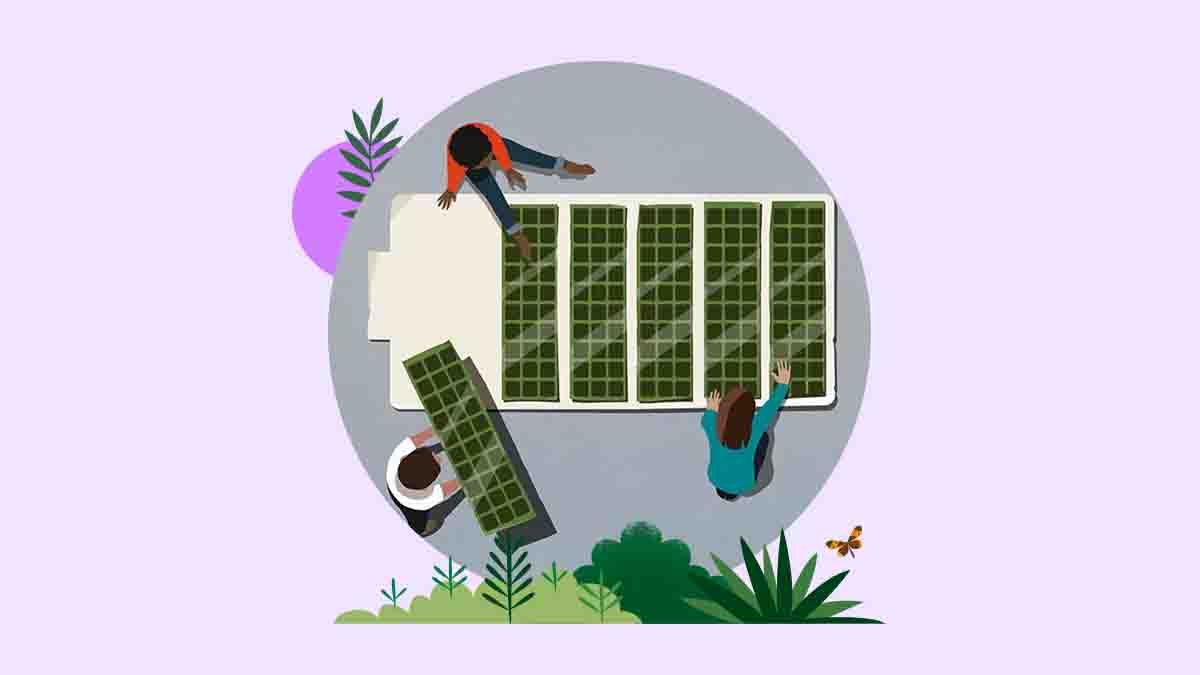
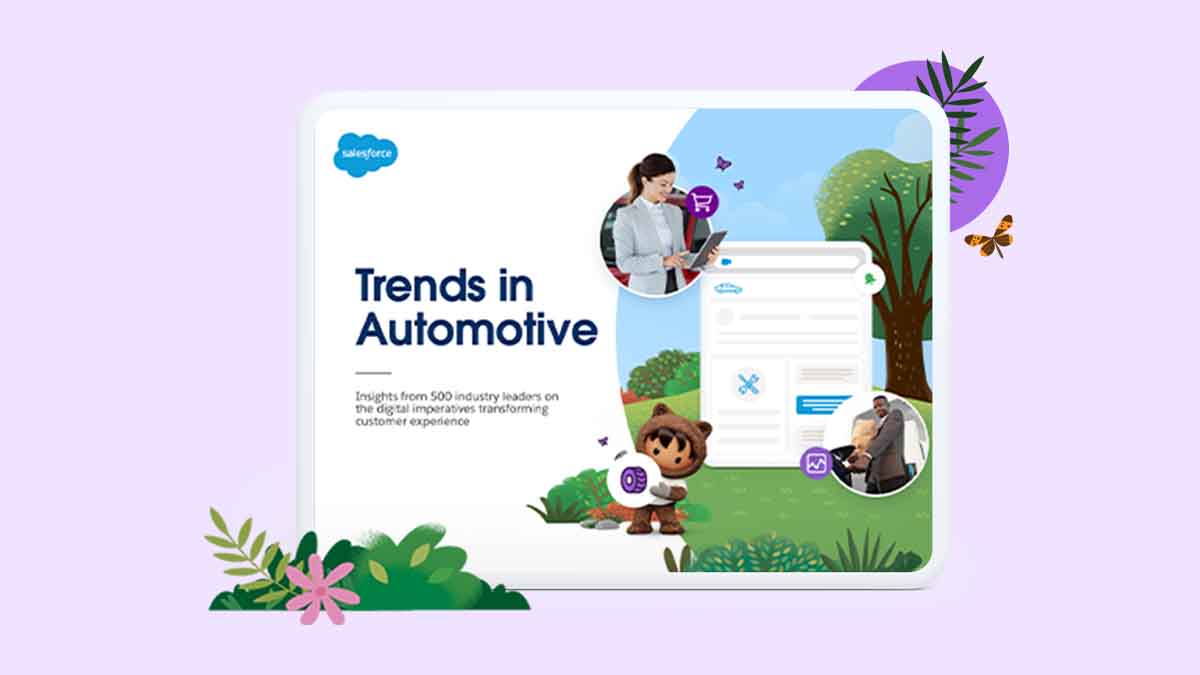
Trends in Automotive
More resources
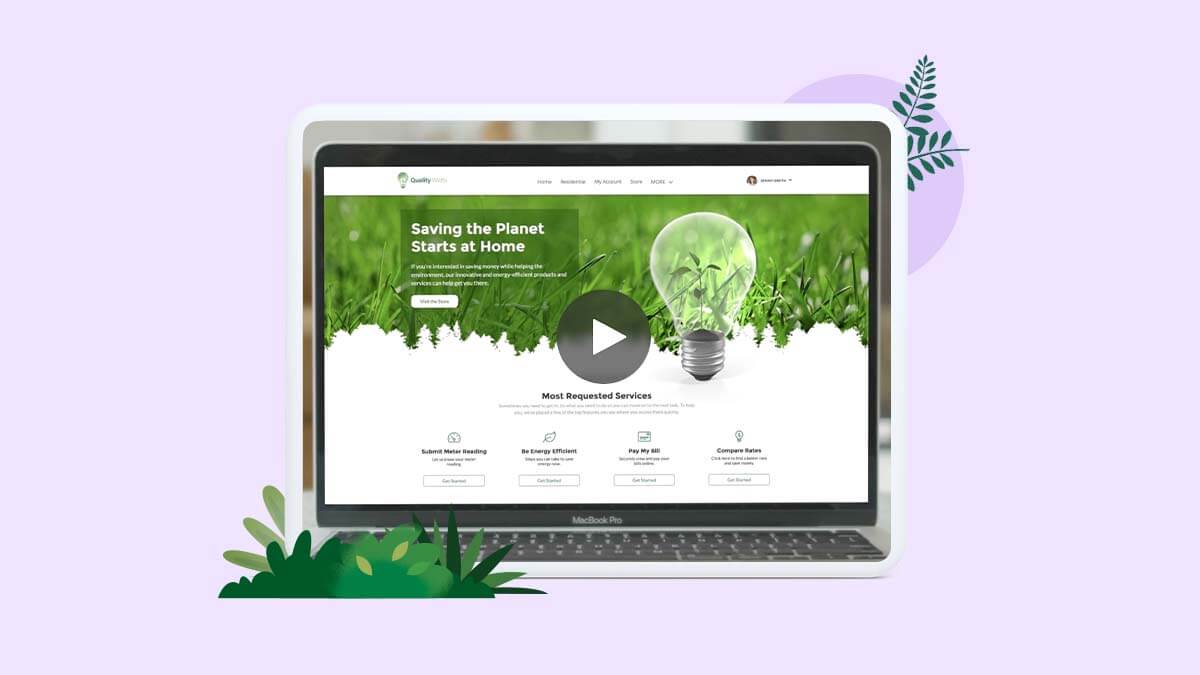
Energy and Utilities Cloud Demo
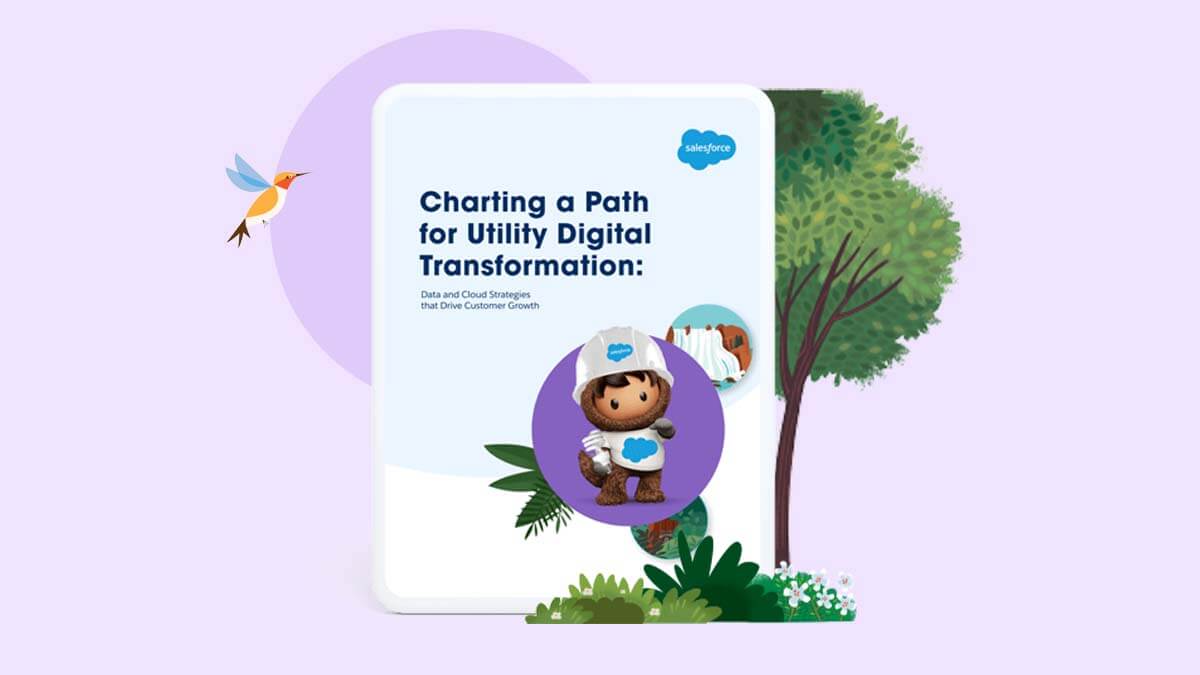
Charting a Path for Utility Digital Transformation
